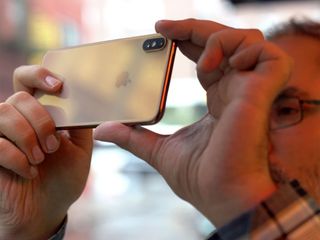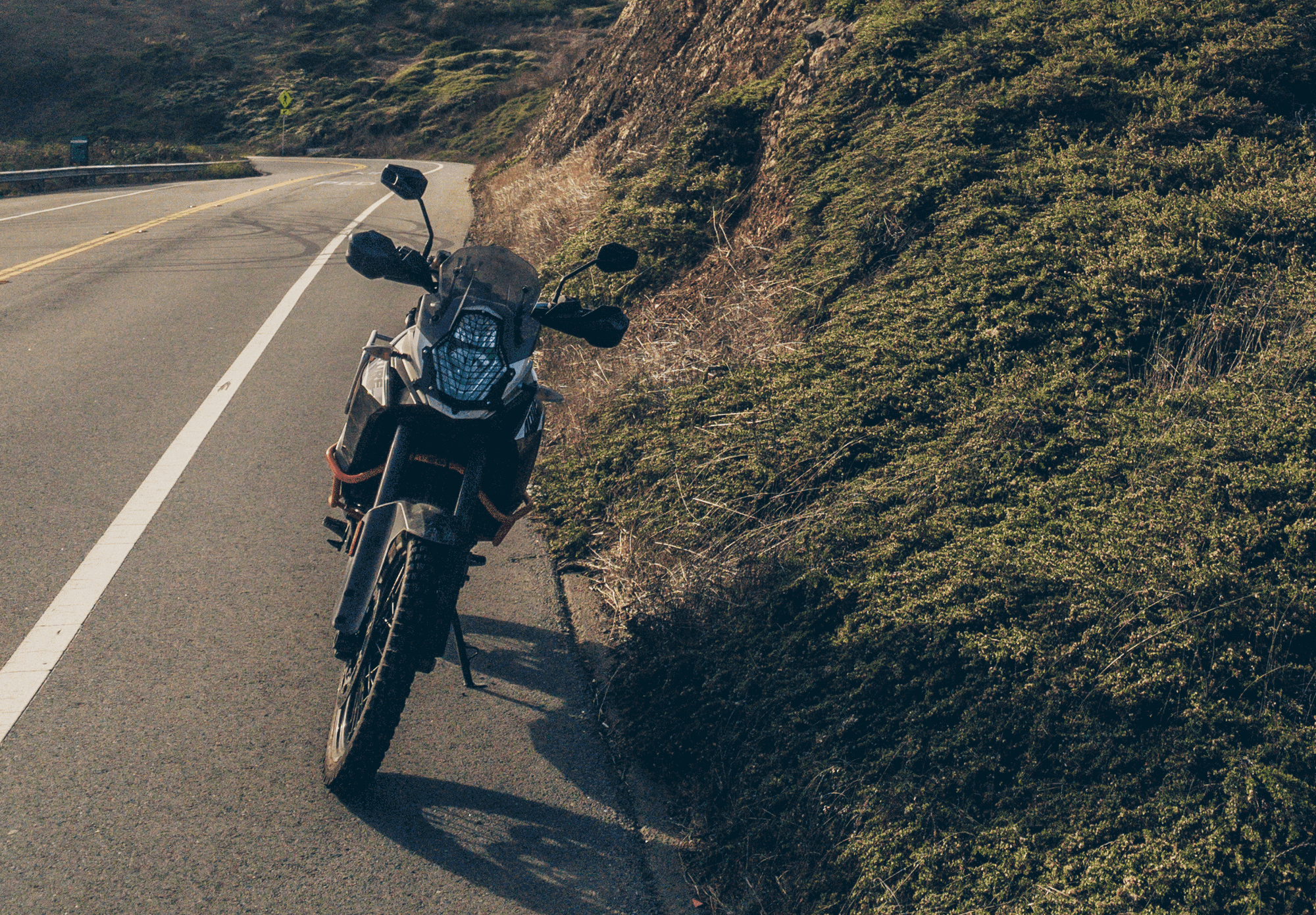Why the iPhone XS camera is a game-changer

Whether you're someone who shoots regularly with their iPhone or someone who likes to take casual snapshots, having a device that can take an incredible photo is always a good thing. A few weeks ago, Apple unveiled the iPhone XS in all it's glory, but as always, potential buyers were holding their breath and waiting to see the camera and shooting quality.
Now people are saying that the camera on the iPhone XS isn't just a game changer, but it's also a whole new shooting experience all together.
Apple is smart. They see diminishing returns cramming more and more electronics in a fingernail-sized sensor. Photographic technology is the science of capturing light, which is limited by optics and physics. The only way to circumvent the laws of physics is with something known as 'computational photography'. With the powerful chips in modern iPhones, Apple can take a whole bunch of photos—some of them before you even pressed the shutter—and merge them into one perfect shot. (Sebastiaan de With, Halide)
Halide's Sebastiaan de With spent the last week testing and shooting on the iPhone XS and was thrilled at the results, calling the iPhones camera 'completely new'.
What Halide loves about shooting on the iPhone XS

- Noise reduction:
After testing the iPhone XS side by side with the X, we found the XS prefers a faster shutter speed and higher ISO level. In other words, it takes photos a lot faster, but comes at the cost of noise.
- Smoother selfies:
Yep. The front facing selfie camera hardware is worse in low-light than the back facing camera. The selfie cam has a tiny, pinkie-fingernail sized sensor, which means it takes in less light, which in turn means more noise, and thus more noise reduction.
- Complete control:
An iPhone XS will over- and underexpose the shot, get fast shots to freeze motion and retain sharpness across the frame and grab every best part of all these frames to create one image. That's what you get out of the iPhone XS camera, and that's what makes it so powerful at taking photos in situations where you usually lose details because of mixed light or strong contrast.
What about RAW photos?
One issue that de With had when it came to the iPhone XS's camera was how the device shot RAW photos.
The images ended up being over-exposed, grainy, and just not up to snuff, the camera's sensor noise being stronger and more colorful than the iPhone X certainly doesn't help.
So Halide did what they do best and came out with a solution: Smart RAW.
Halide's Smart RAW feature uses the new sensor technology in the iPhone XS that allows you to capture the ideal, noise-reduced RAW image. Smart RAW doesn't actually use any aspects of Smart HDR — in fact, it avoids it altogether.
Master your iPhone in minutes
iMore offers spot-on advice and guidance from our team of experts, with decades of Apple device experience to lean on. Learn more with iMore!
As a photographer, being able to capture RAW images that aren't overexposed or horrifically grainy is key. While it's remarkable that you can even capture RAW images on your iPhone at all, being able to do it properly is key. Halide makes shooting RAW with your iPhone XS effortless, smooth, and most importantly of all, beautiful.

So does this mean the iPhone X has a bad camera?
Nope. Absolutely not. It just means that the iPhone XS is really changing the game when it comes to iPhoneography.
The iPhone XS camera is better than iPhone X. It has superior dynamic range, but comes with a few tradeoffs in Apple's software. If you don't like the newfangled way of doing things, don't worry.
What do you think?
Are you a big fan of the iPhone XS's camera? Maybe you've fallen in love with the look and feel of your iPhone X and couldn't imagine shooting with anything else?
Let us know what you think in the comments down below, and have fun shooting!
Cella writes for iMore on social and photography. She's a true crime enthusiast, bestselling horror author, lipstick collector, buzzkill, and Sicilian. Follow her on Twitter and Instagram: @hellorousseau
Most Popular




